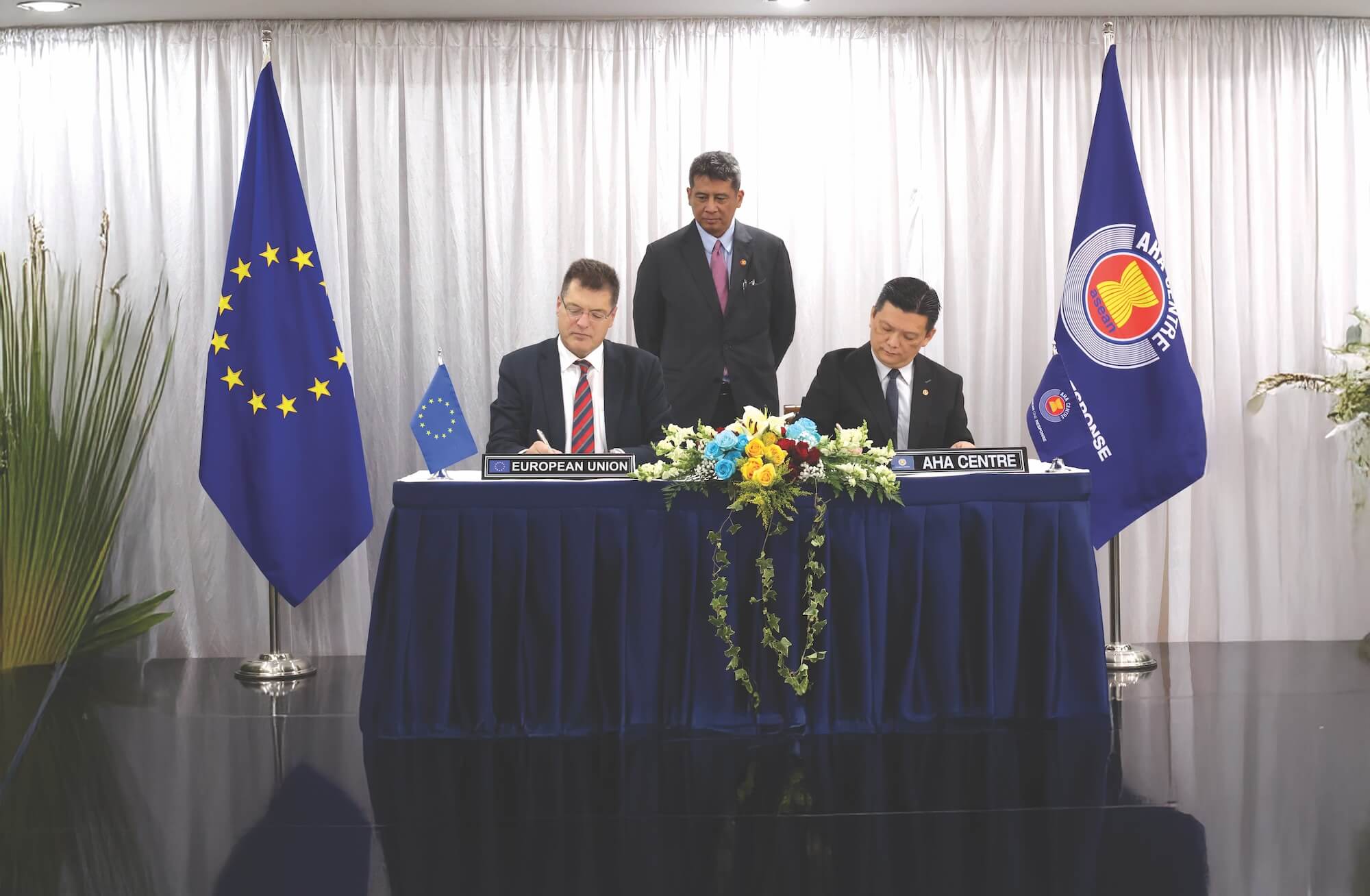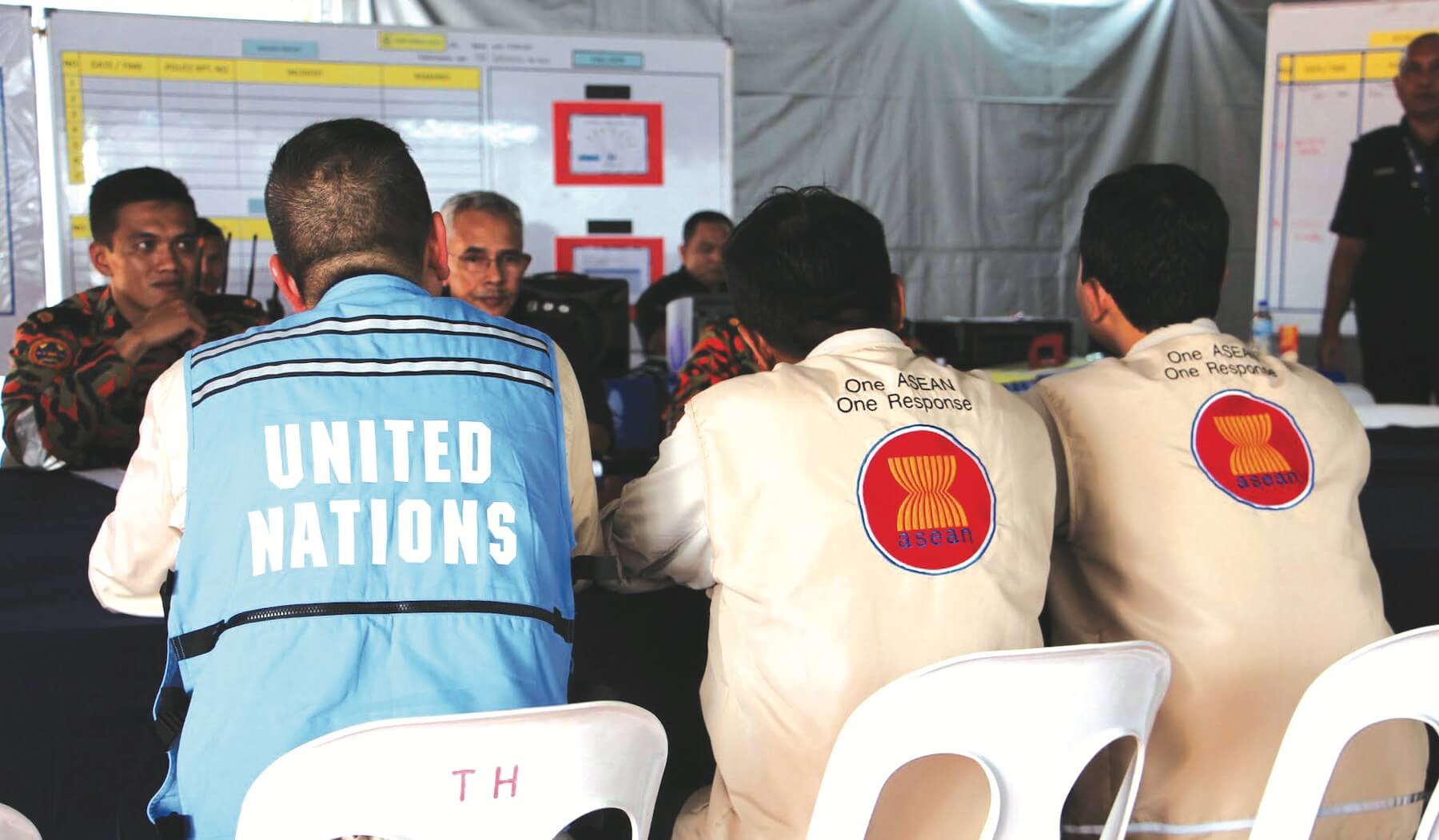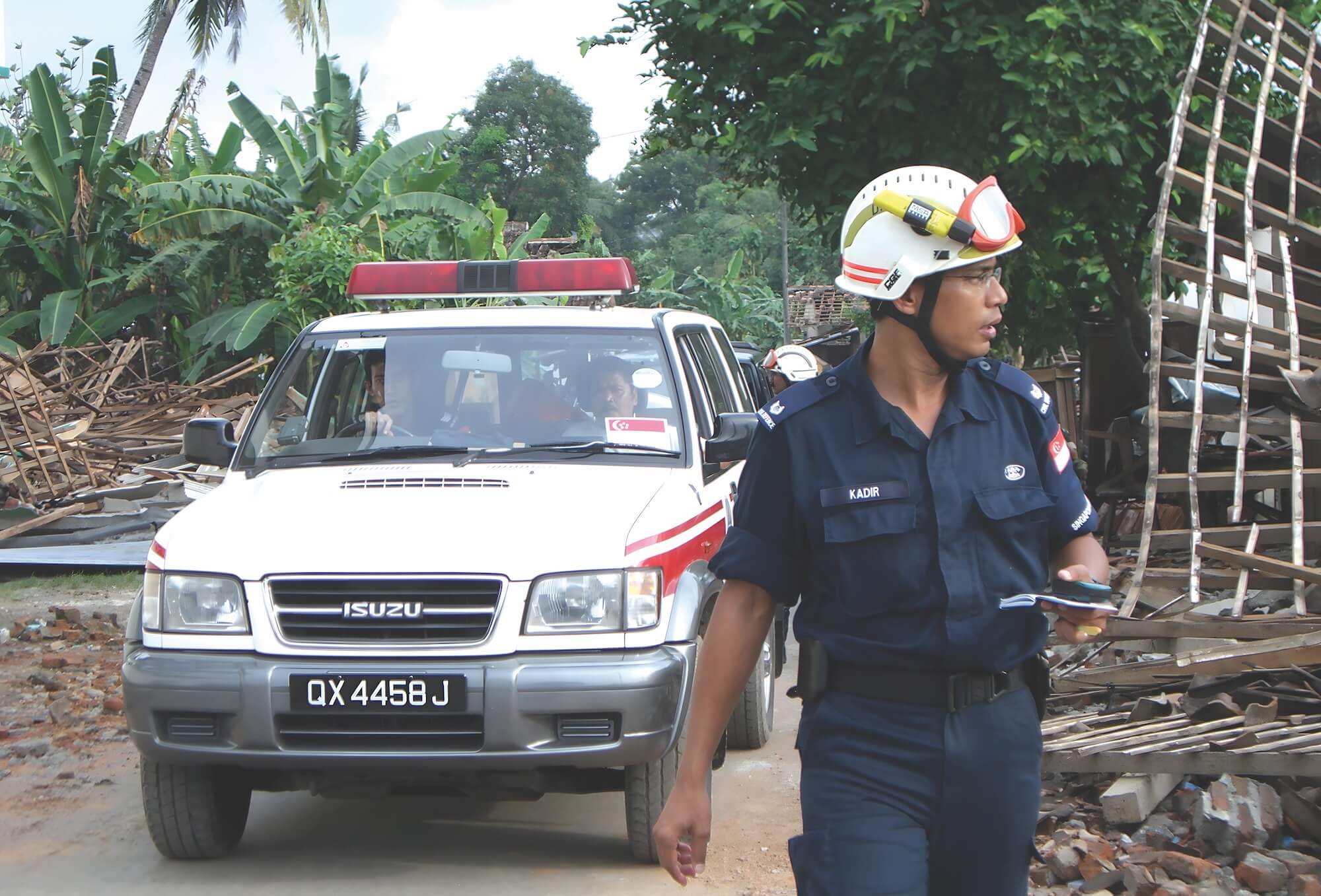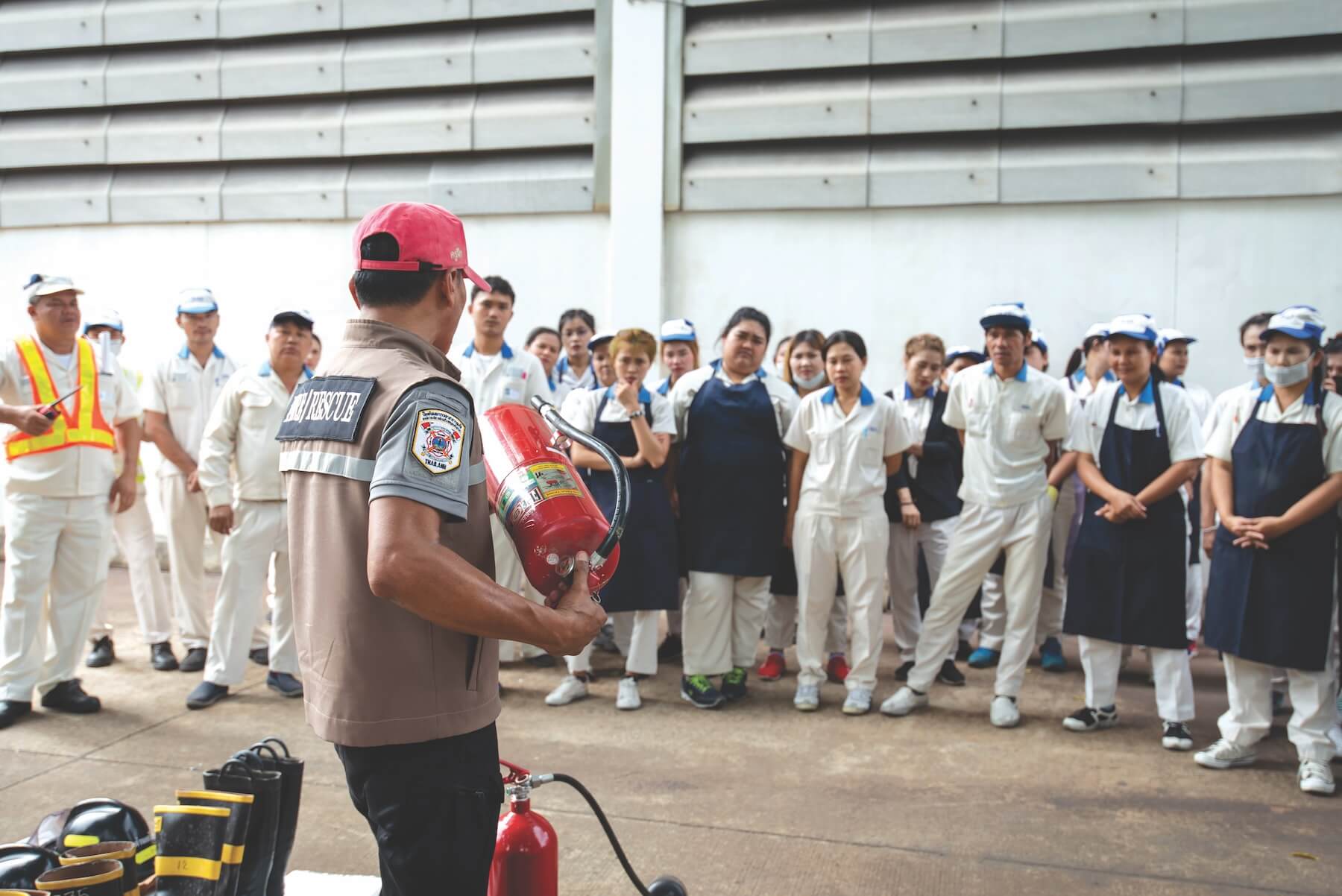
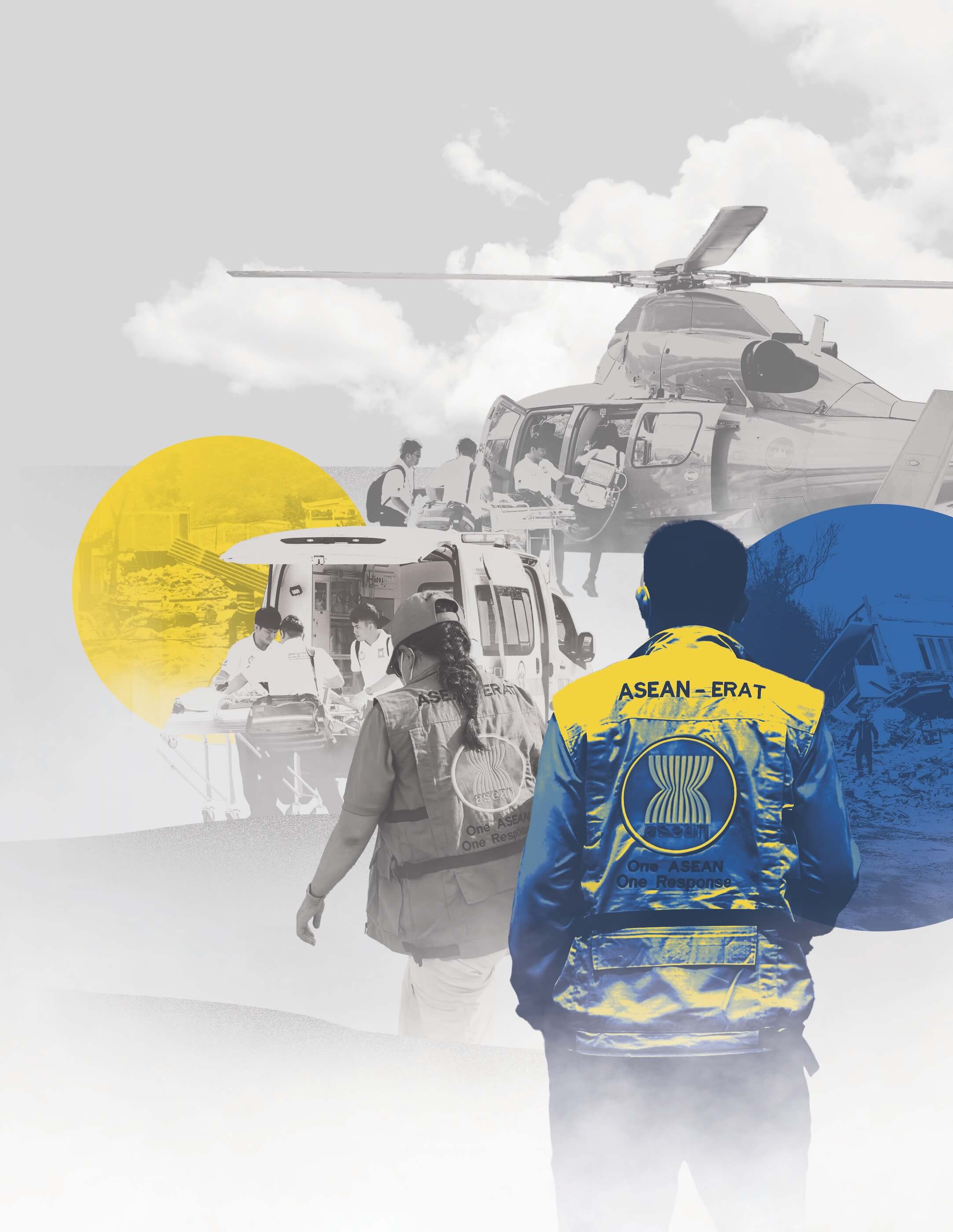


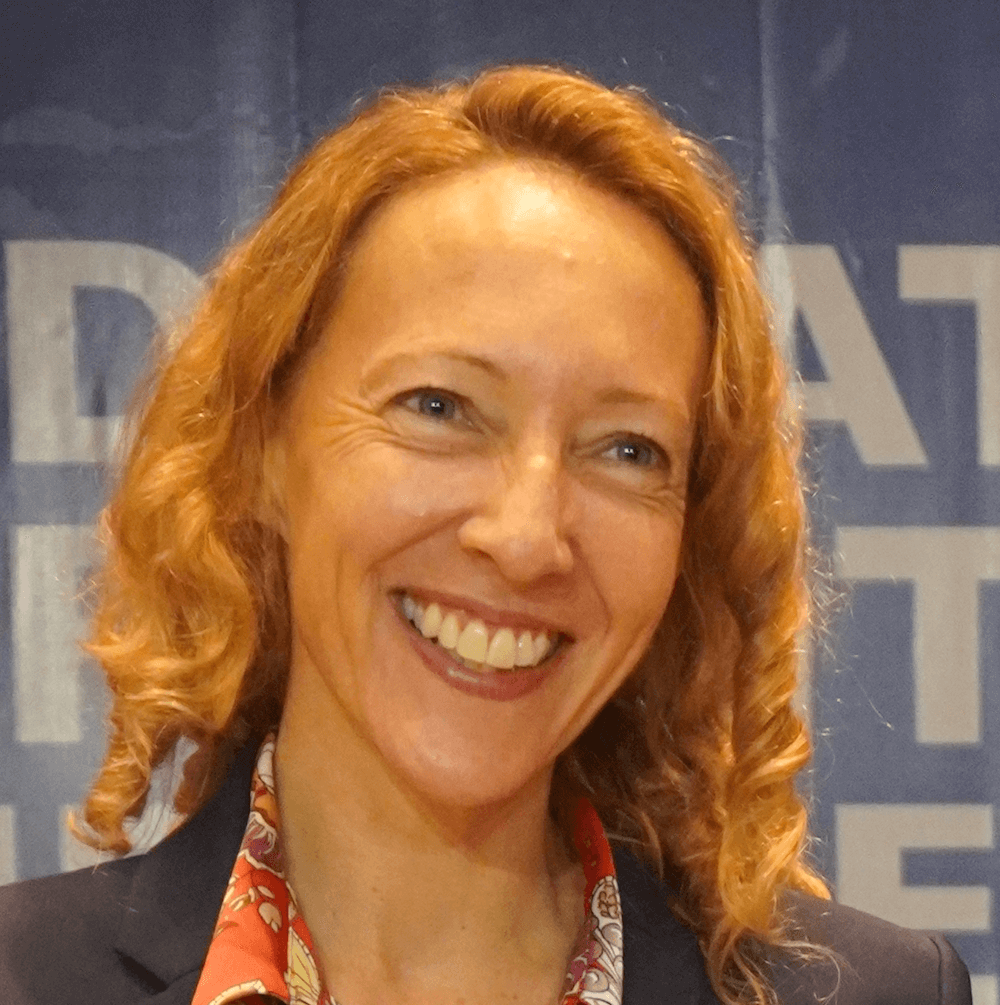
In the first week of September 2024, the ASEAN region was hit by 20 significant disasters caused by natural hazards, including floods, storms, and landslides. These events caused massive devastation, affecting 2.83 million people and claiming 46 lives. Unfortunately, this week was not an outlier. Each week, thousands—sometimes millions—across Southeast Asia face the impacts of natural disasters.
In the first week of September 2024, the ASEAN region was hit by 20 significant disasters caused by natural hazards, including floods, storms, and landslides. These events caused massive devastation, affecting 2.83 million people and claiming 46 lives. Unfortunately, this week was not an outlier. Each week, thousands—sometimes millions—across Southeast Asia face the impacts of natural disasters.
With this grim reality, one question becomes crucial: is disaster risk information reaching those who need it in time to make life-saving decisions? While there are world-leading examples of effective disaster risk communication (DRC) in ASEAN, there is still much room for improvement in ensuring that critical information gets to decision-makers at the right time.
The ASEAN Disaster Risk Communication Framework, set to be launched in [October] 2024, aims to tackle this problem by helping governments and other stakeholders understand better how to communicate disaster risk effectively. By sharing best practices and establishing clear principles, the framework hopes to accelerate progress in how the region communicates about disasters. But what is disaster risk communication, and why does it matter so much?
What is disaster risk communication?
Disaster risk communication is more than just sending out warnings or posting data on a website. True communication is an exchange of information—both given and received. It empowers people to make informed decisions when faced with uncertainty. It is not just about making people aware that a flood or storm is coming but also about helping them understand how to manage the risk—whether by evacuating, protecting their homes, or making long-term decisions to reduce vulnerability.
Many in the disaster risk management community already appreciate that risk communication is a dialogue rather than a one-way flow. However, there is still a long way to go to ensure that all stakeholders integrate this into their work.
One challenge is that among the many professionals and organisations involved in the different aspects of DRC, from scientists to journalists to local government officials, “risk communicator” is not usually part of their job descriptions. However, their roles in interpreting and sharing information are crucial to making good decisions in the face of uncertainty. Understanding this wide network of communicators and improving the flow of disaster information are essential steps toward saving lives and reducing damage.
Why disaster risk communication matters
Disaster risk communication matters because it can save lives and boost resilience. DRC arms people to make informed decisions. In the longer-term, this means taking informed decisions about where to live taking into account exposure to landslides or floods. Or how to make cost-effective investments in homes to strengthen them against extreme weather. At the imminent crisis stage, people need to make informed decisions about when and how to evacuate an area and protect the assets that will allow them to recover and rebuild when the storm is over.
The components of disaster risk communication
When we think of DRC, extreme weather warnings might be the first thing that comes to mind. While these warnings are critical, they are just one part of a much larger system of information flows that make up disaster risk communication.
Upstream communication
Upstream communication happens behind the scenes, among data providers and analysts who gather and interpret information about potential hazards. Data about weather patterns, earthquakes, or volcanic activity must be shared between national, regional, and local organisations to assess risks accurately.
Collecting data on the ground is also vital. Community organisations and non-governmental groups provide local knowledge about who and what might be most vulnerable to disasters, such as homes near unstable slopes prone to landslides or neighbourhoods with inadequate drainage that regularly flood. To improve upstream communication, systems for sharing data and protocols for assessing risks need to be in place.
Enabling decisions
At the heart of the DRC process is communication between experts and decision-makers. These decision-makers are not just national governments but also local authorities and even individual households.
National disaster management agencies are critical players here, deciding when and how to communicate disaster risks. However, local governments also have essential responsibilities, such as land-use planning and building code enforcement, that can mitigate the impacts of disasters in the long term.
Most importantly, individuals are decision-makers, too. They must decide how to protect their families and homes from future storms or other hazards. The challenge is making sure that all decision-makers—from governments to households—have access to timely, clear, and actionable information.
From decision to action
When it comes to implementation, intermediaries such as telecom companies, broadcast media, and even social media platforms play a crucial role in spreading information quickly. These platforms help government agencies and other organisations reach a broader audience than they could on their own.
How to do disaster risk communication well
To know if these processes are working, DRC must include systems for monitoring and evaluation, but this is an aspect of DRC that has largely been neglected. As the playwright George Bernard Shaw said, “The biggest problem with communication is the illusion that it has taken place.” Often, the focus is on whether messages are sent out, rather than on whether they are understood and acted upon. There is an urgent need to find ways to measure whether risk communications are increasing “risk know-how”—the capacity to take informed decisions in the face of uncertainty.
To incentivise improvement in DRC in ASEAN, stakeholders came together to establish a regional Framework and defined principles which should guide the DRC process:
Timely and accurate communication
If disaster communication is going to save lives, it must happen at the right time and be accurate. Yet, when disaster strikes, there is often a trade-off between speed and precision. As more information becomes available closer to the event, forecasts tend to become more accurate, but the window for people to take action becomes smaller.
Despite this trade-off, experience shows that it is possible to issue warnings early while conveying the uncertainty around the forecast. Early warnings allow people to start preparing, even if they need to adjust their plans as the situation evolves.
Understandable and actionable information
To protect themselves effectively, people must understand the risk and know what to do about it. This requires communicators to know their audience, whether they are addressing government officials or vulnerable groups in a rural community.
Communicators must consider language barriers, levels of literacy, and the familiarity of their audience with technical terms. They must also understand the audience’s ability to take the recommended actions. If people lack the resources or capacity to act on the information, the communication could backfire, leading to panic or ineffective responses.
Trust and credibility
Trust is essential for effective DRC. People need to believe in the information they receive if they are going to act on it. However, trust is hard to earn and easy to lose, so communicators must constantly ask themselves how they can build and maintain trustworthiness and credibility.
It is important to recognise that in many cases, government agencies may not be the most trusted source of information. People might place more trust in local leaders, community organisations, or even their own social networks. Therefore, working with these trusted sources to deliver risk information can be more effective than trying to communicate directly through official channels alone.
While standardising principles for DRC across ASEAN is important, the diversity of cultures, languages, and infrastructure across countries and communities means that flexibility is also crucial. The ASEAN Framework is therefore not prescriptive about which formats or channels, recognising that effective DRC always needs to be adapted to who is using the information, and the context in which they must take decisions.
Toward a holistic and strategic approach
The forthcoming ASEAN Disaster Risk Communication Framework aims to promote more holistic, strategic and adaptive communication. In this context, the Framework aims to:
- Establish a set of common principles and objectives for disaster risk communication, to encourage all communicators to rise to the standard.
- Provide a common regional understanding of the DRC process and the stakeholders involved.
- Share experience and good practice within the region and internationally.
- Support the region in its journey to effective disaster risk communication with a plan of action.
Improving DRC in ASEAN is not just a technical challenge but a humanitarian imperative. With millions of lives affected by natural disasters each year, there is an urgent need to ensure that disaster information reaches people in a timely, understandable, and actionable way. At the same time, ASEAN has valuable expertise in DRC which can benefit governments in other parts of the world as they brace for a more uncertain future. The launch of the ASEAN Disaster Risk Communication Framework marks a step forward in the journey toward more effective, life-saving communication.
Dr. Olivia Jensen, a social scientist specialising in water and environmental policy, joined the Institute for the Public Understanding of Risk in 2018 as Lead Scientist and was appointed Deputy Director in 2023. Her research focuses on urban environmental risks and policy interventions to strengthen urban communities’ resilience. Her projects include collaborative assessment of urban water risks, public perceptions of climate risks, flood and sea level rise risk in Asian cities, and citizen science in environmental risk management.
The views and opinions expressed in this article are solely those of the author and do not reflect the official policy or position of ASEAN.




